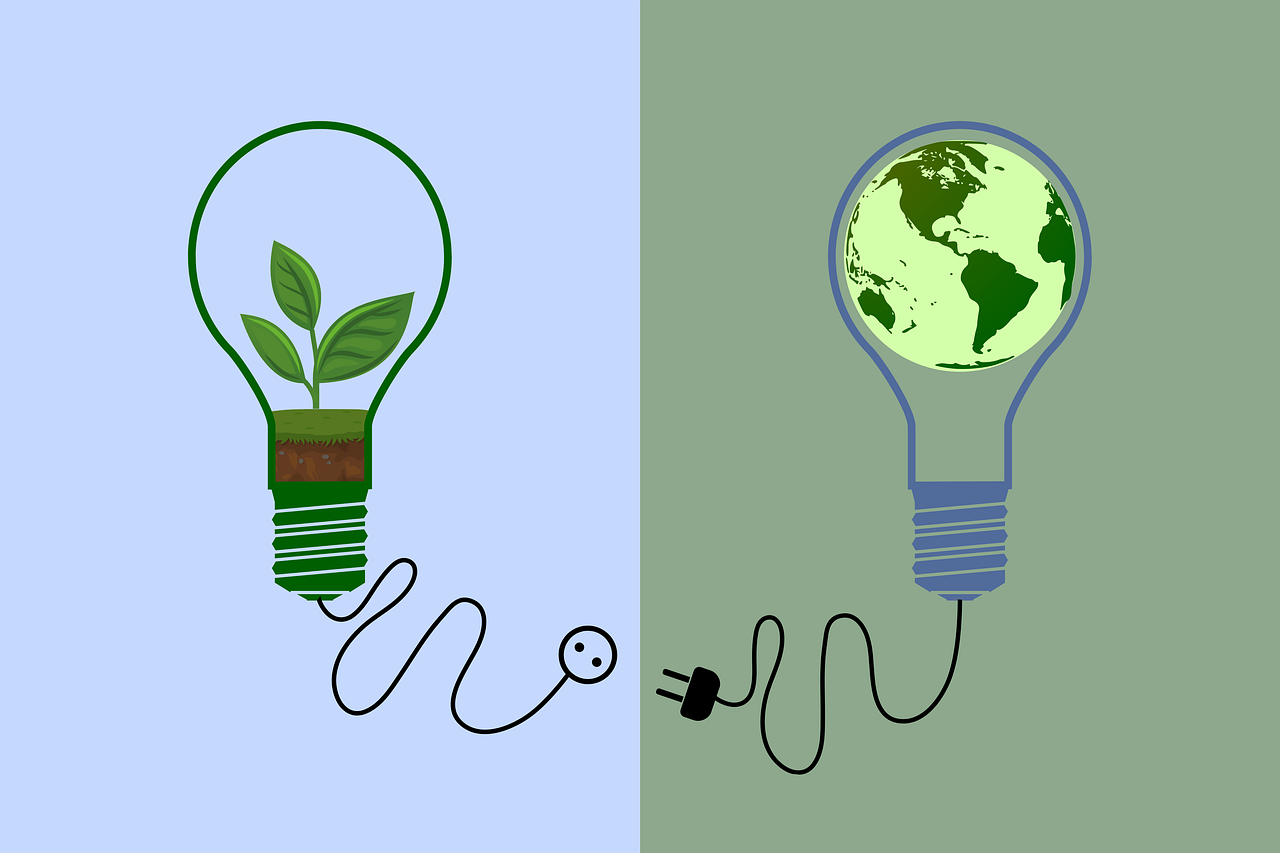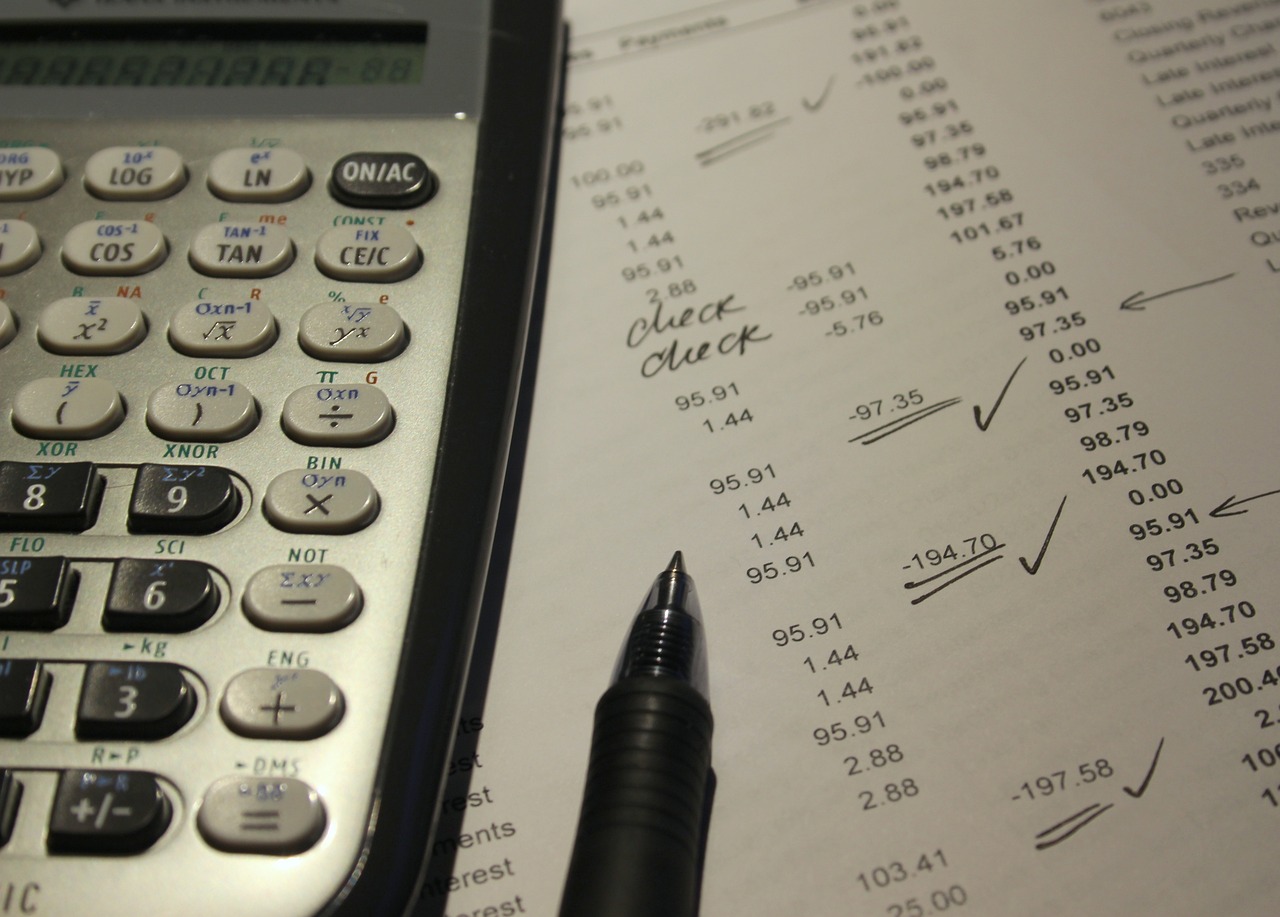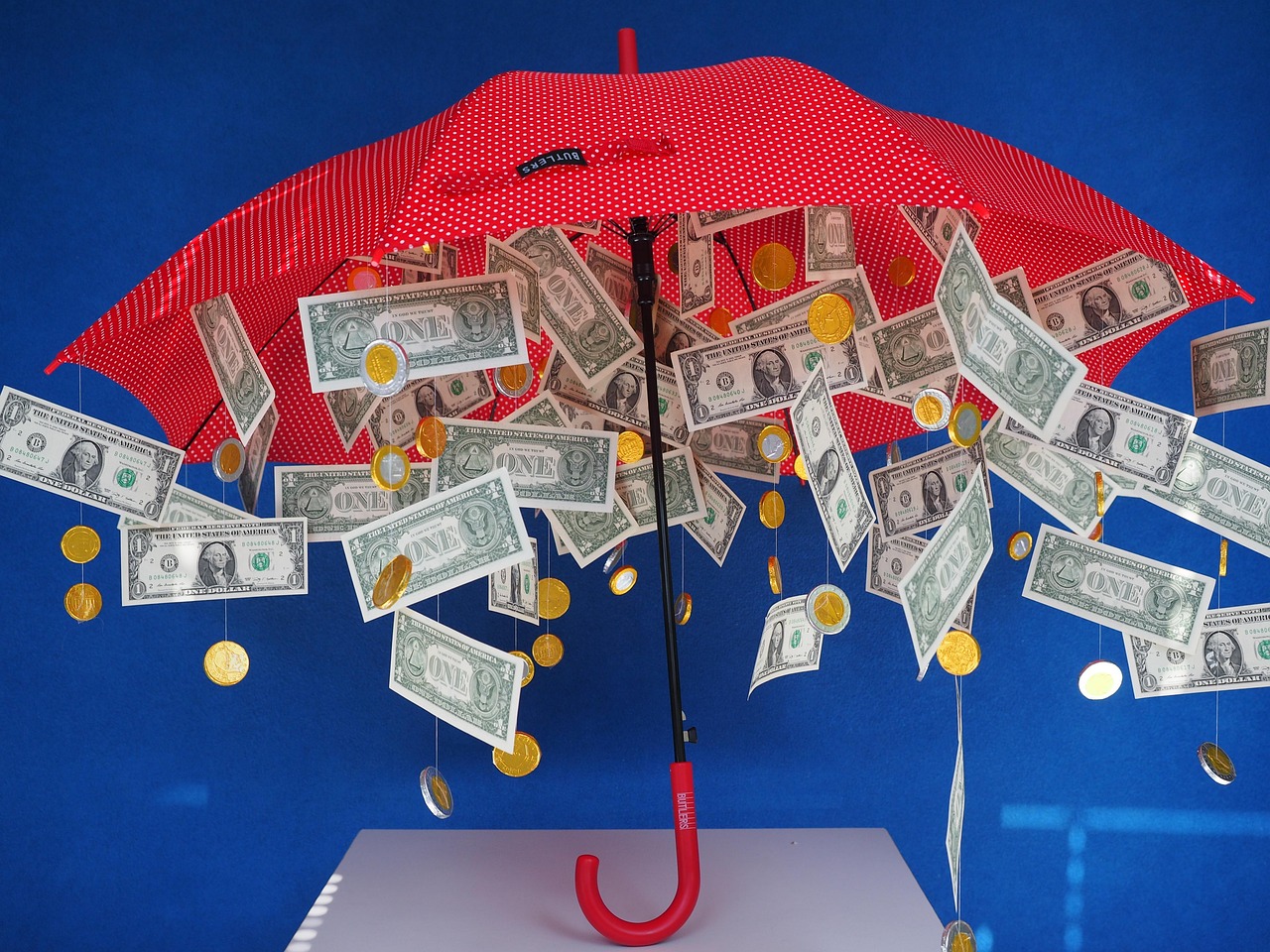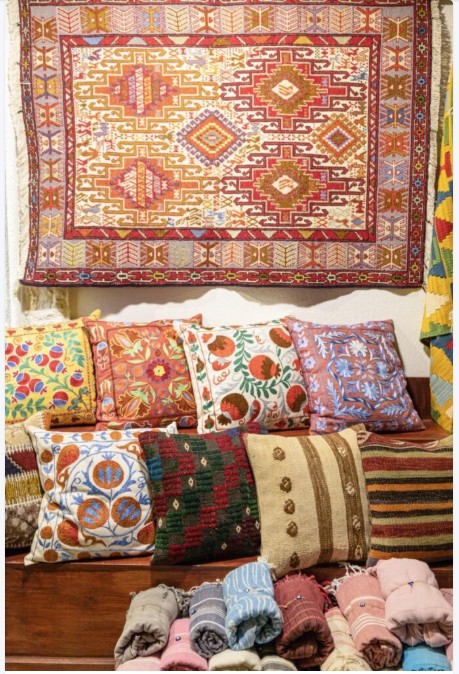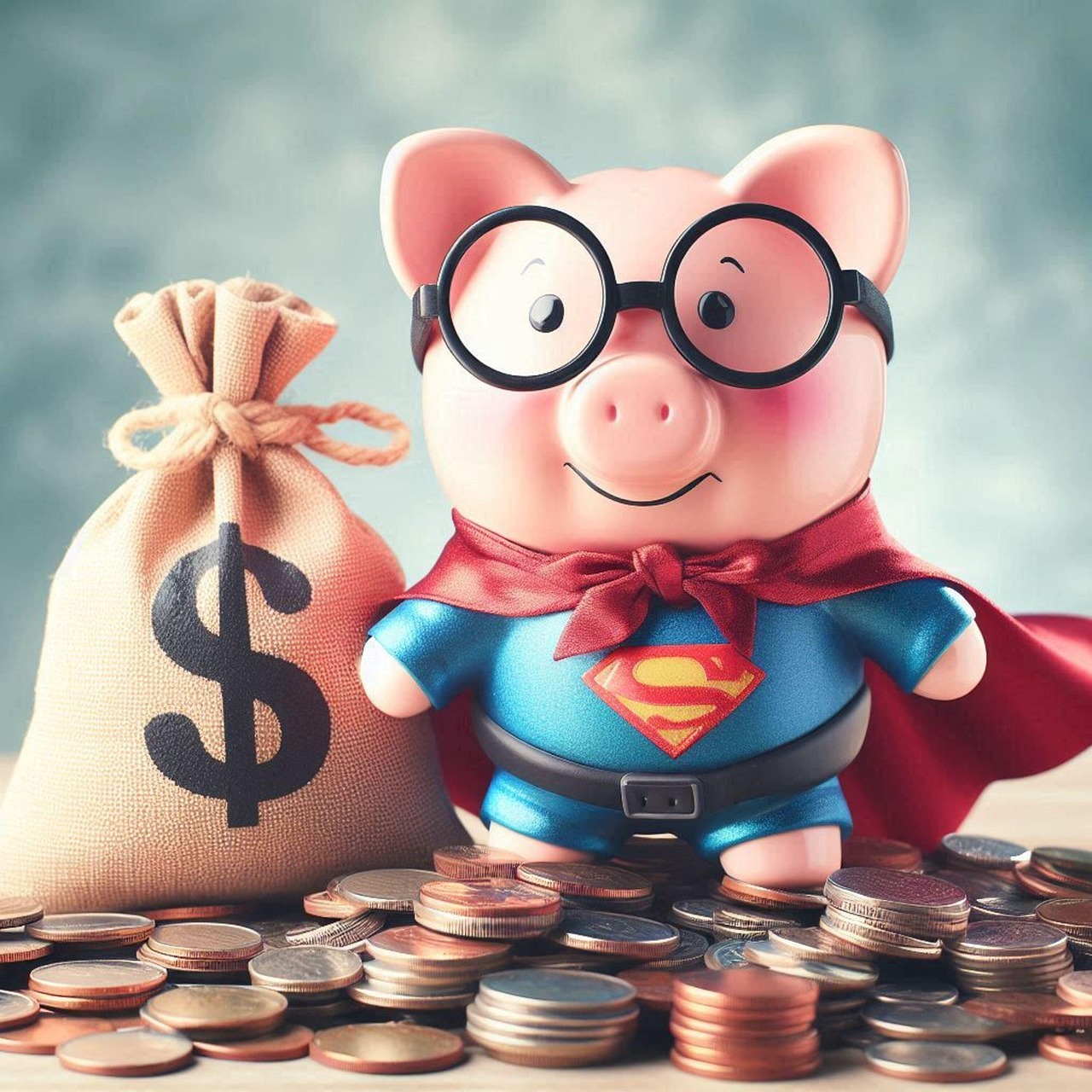Being frugal means making the most of your money and what you already own, instead of buying new stuff all the time. Sustainability is about making choices that protect the planet, like cutting down on waste or using things that last. How being frugal boosts your commitment to sustainability go hand in hand. When you fix things, reuse items, or buy less, it’s good for your budget and the Earth. Picking secondhand over new, using less energy, or avoiding single-use plastics makes a real difference. Small changes add up. They make life simpler, and your choices count. Want a home that feels cozy and saves cash? Start with easy frugality and sustainability habits that fit your life.

- The Shared Principles of Frugality and Sustainability
- How Being Frugal Boosts Your Commitment to Sustainability; they work hand in hand.
The Shared Principles of Frugality and Sustainability
The bond between frugality and sustainability starts with one basic idea—mindfulness. Both push us to pause, think, and question if we really need something before we buy it or throw it away.
Mindful Spending and Resource Use
Picture a shopping trip at your favorite store. Frugal shoppers ask, “Do I need this?” In the same way, sustainable thinkers ask, “What’s the impact of this purchase?” Both habits start with thoughtful choices.
Making mindful decisions helps control spending, but it also reduces the pile of items that end up as clutter or trash. Whether you’re checking a price tag or reading about how a product was made, this simple pause matters.

Waste Reduction and Minimalism
Waste reduction sits at the core of both movements. Consider the pile of single-use plastic containers in most kitchens—they cost money and fill up landfills. Choosing to reuse containers or switch to alternatives saves cash and cuts waste.
Many people find joy in owning less. Minimalism cuts stress and clutter, but it also means buying fewer things, which keeps waste and needless spending low. These small swaps and choices add up over a year or even a lifetime.
It’s easy to see how saving money can also save resources. Your daily choices create ripple effects.
Buying Less, Buying Quality
That “fast fashion” shirt might cost less now, but it wears out in months. Investing in a better-made sweater costs more upfront, but it lasts much longer. Over time, buying quality pays off—you spend less and throw away less.
Here’s a quick rundown of how this works:
- Longer lifespan: High-quality products break less often
- Fewer replacements: Saves money and time
- Reduced production: Less demand drives lower resource use and lower emissions
Repurposing and Repairing
Fixing what you own—rather than tossing it—keeps money in your pocket and stuff out of landfills. Maybe you patch a tear in some jeans, repair a blender, or make old jars “new” as storage in your pantry. Each small repair supports both a frugal lifestyle and a cleaner world.
Think about it—every time you find a second use for something or decide a repair is worthwhile, you’re using less and saving more.
Blending these two approaches doesn’t just feel good—it produces clear results for your wallet, the environment, and your peace of mind.

Financial Savings and Reduced Environmental Footprint
Running your dishwasher only when it’s full cuts electricity bills and saves water. Choosing public transit over driving can slice monthly costs while keeping emissions down. Over a year, even three small changes can lead to big savings and a lighter footprint.
Greater Self-Sufficiency and Satisfaction
People who live both frugally and sustainably often talk about greater peace of mind. There’s satisfaction in knowing you can cook a meal from scratch, fix a torn shirt, or reuse something once headed for the trash. Relying less on constant shopping and more on your skills builds confidence.
It can feel like freedom—less chasing, less spending, more time for what matters most.
How Being Frugal Boosts Your Commitment to Sustainability; they work hand in hand.
Frugality and sustainability don’t just get along; they work hand in hand. By making mindful choices, buying what lasts, and seeing the hidden potential in the things we own, we create a life that saves money and respects the planet.
Try pairing these mindsets in just one part of your life this week—maybe it’s what you buy, how you use what you have, or what you toss. Watch how small choices add up. The path to a life that’s both rich and responsible starts with the next decision you make.











